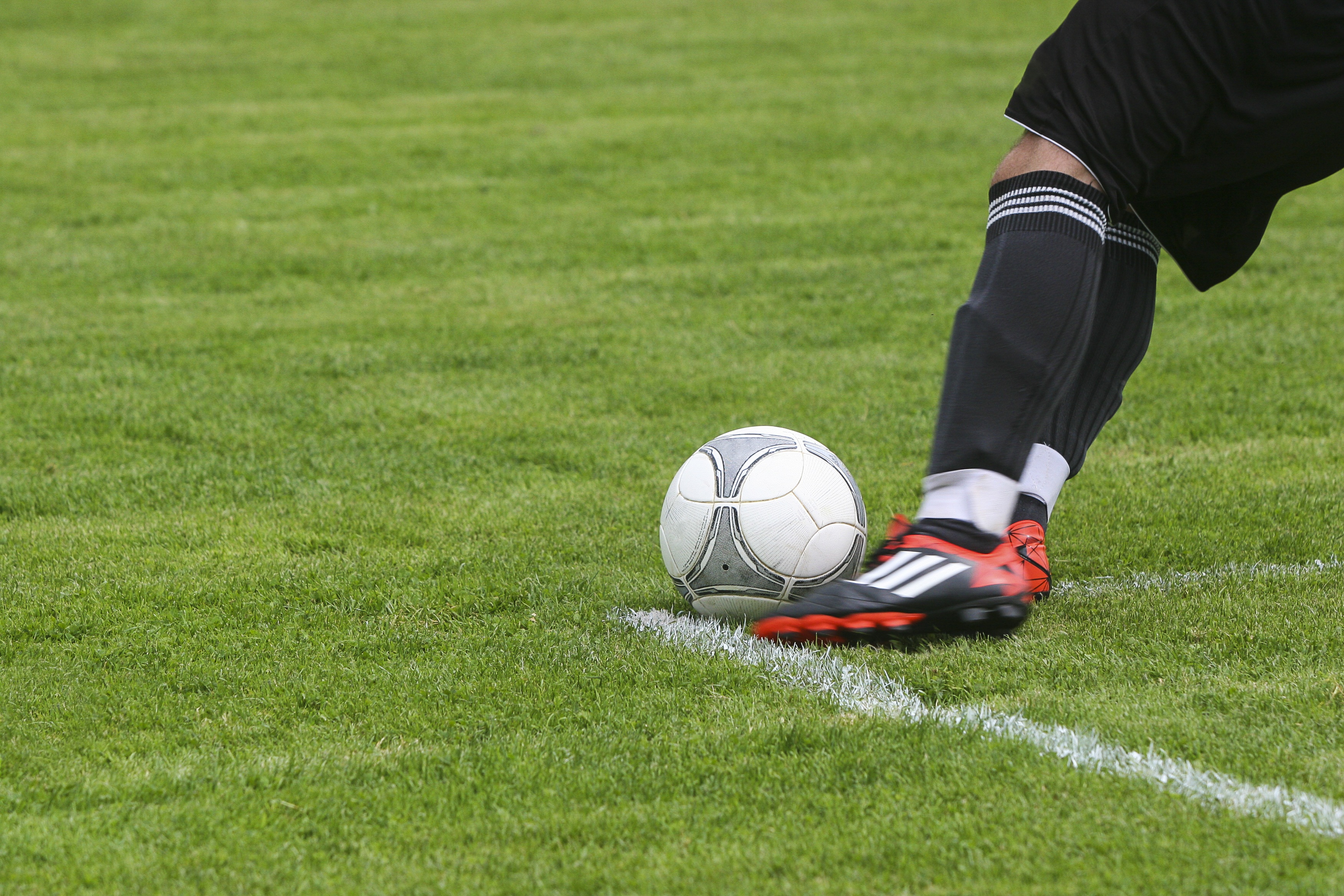Over the years I’ve seen a lot about training for sprinting on the internet. There are a lot of gurus and keyboard coaches. Slawinski et al, in the Scandinavian Journal of Medicine and Science in Sports, had a really interesting article looking at about 30 years of elite sprinting.
In this study the authors analyzed the power, force, and velocity outputs of men and women 100 meter sprinters at the 1987, 1988, 1991, 1997, 1999, 2007, 2009, and 2011 World Championship finals. In addition, the 2008 and 2012 Olympics finals in the 100 meter sprint were also analyzed. The information analyzed in this article was obtained using the 10 meter split times in the races, the athlete’s height, the athlete’s mass, and the wind velocity at the races.
Results:
- The reaction time between men and women was pretty similar (less than 0.16 seconds).
- Men ran the event approximately 10% faster than women
- Men achieved almost 11% greater maximum velocity than women
- It took men almost 13% longer to reach maximum velocity than women
- Men and women (on average) exerted a similar amount of horizontal force per kilogram of body mass
- Men generated almost 28% more power per kilogram of body mass than women
- When looking at the entire 100 meter race, performance in the race was correlated with mean power and mean velocity. Force was not correlated to performance.
Before discussing the results, a few things to take note of. First, this is looking at the world’s best 100 meter sprinters over a 30-year period. This is not looking at your high school football or softball players, so these results need to be read with that distinction in mind. Second, the measures reported in the article are based upon estimates, not direct measurements. In other words, the values are extrapolated. For example, the horizontal force values were calculated by multiplying the athlete’s mass times their acceleration plus aerodynamic friction (the square of the velocity reduced or increased by wind velocity). Power values were calculated by multiplying the horizontal force times the velocity. So, it needs to be kept in mind that these are not direct measurements of force and power and, as a result, there may be some error here.
With the above in mind, what do the results tell us. We knew that men ran the race in faster times than women. The reaction times and the horizontal force per kilogram of body mass (i.e. relative horizontal force production) are both similar between men and women. What’s different is the velocity and the power productions. So, not only is the ability to exert force horizontally important – but the ability to do it quickly is going to limit sprinting performance in 100 meter sprinters.
Now, I think it is always a mistake to study 100 meter sprinters and draw conclusions about how baseball players, football players, soccer players, or other athletes should run. They are different sports and have very different speed training needs. However, looking at this study reinforces for me the need for several aspects in a comprehensive athletic strength/speed program. First, athletes need to be able to exert force horizontally. This means a strength base with things like sled pushes, tire flips, or kettlebells as the horizontal component of strength development. Second, athletes need to be able to exert that horizontal force quickly. This means horizontal plyos like standing long jumps and bounds and resisted sprints. Third, they need a lot of practice running fast in the kind of situations that they will compete in. For the 100 meter sprinter it’s a track, but a basketball player will never get an open lane for 100 meters.
Slawinski, J., Termoz, N., Rabita, G., Guilhem, G., Dorel, S., Morin, J-B., and Samozino, P. (2017). How 100-m event analyses improve our understanding of world-class men’s and women’s sprint performances. Scandinavian Journal of Medicine and Science in Sports, 27: 45-54.




